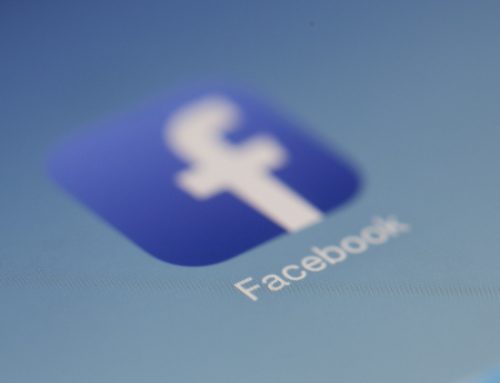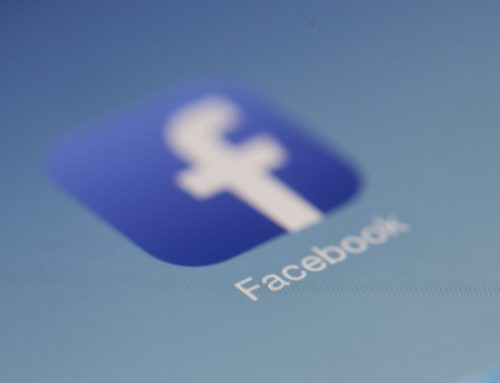![]() Facebook has faced a cacophony of complaints regarding its cluttered news feed, and on Thursday March 7th, Mark Zuckerberg unveiled the company’s solution to the outcries. The latest design relies heavily on photos and customization, theoretically granting users more control over the content they peruse, and providing a much snazzier look and feel. Mobile and tablet users will finally see a much more cohesive design as well; the latest changes will unify the design for Web and mobile users, granting a consistent experience across all platforms at long last. The release also features four brand new feeds, including those focused solely on music and photos.
Facebook has faced a cacophony of complaints regarding its cluttered news feed, and on Thursday March 7th, Mark Zuckerberg unveiled the company’s solution to the outcries. The latest design relies heavily on photos and customization, theoretically granting users more control over the content they peruse, and providing a much snazzier look and feel. Mobile and tablet users will finally see a much more cohesive design as well; the latest changes will unify the design for Web and mobile users, granting a consistent experience across all platforms at long last. The release also features four brand new feeds, including those focused solely on music and photos.
Is this the holy grail Facebook users have been waiting for, or is it just another complicated redo that serves up more of the same? And will advertisers rejoice or bemoan the new updates?
Zuckerberg’s Inspiration
Facebook CEO Mark Zuckerberg revealed at last week’s news conference that he wants his company to be “the best personalized newspaper in the world.” This is our bird’s eye view into the motivation behind the latest news feed. Zuckerberg knows his front page is not as engaging as it could be, and this is the heart of the redesign. Mobile and tablet users are especially disgruntled with the old feed, and these woes should soon be addressed.
Facebook knows they have two vital challenges:
1) Keeping users engaged at a time when competing large and small social networks are pulling out all the stops (see the recent Google+ sign in application launch and new redesign for proof).
2) Garnering more advertising dollars from satisfied marketers, thereby pleasing Wall Street
The Facebook team is banking on the new release to tackle both with aplomb, leaving users, marketers, advertisers and Wall Street singing their praises.
What’s New?
The list of new features for the feed is not massive, but the things that have shifted have done so in a major way. Here’s what users can expect in the new feed:
* Seven total news feed categories, allowing users to segment what they see based on preferences. The four new filters are:
1) All Friends – Updates from your entire network of friends
2) Photos – A feed that only showcases visual updates
3) Music – See what your friends are listening to, and updates from your favorite artists
4) Following – Updates only from those users you currently follow
* The existing feed categories remain the same (Most Recent, Close Friends, and Games.)
* Since the majority of Facebook’s one billion worldwide users log into their accounts via a mobile device or tablet, these designs will now mirror the Web’s version.
* Pictures will reign supreme – images will be bigger, maps more prominent, and links to articles clearer. The whole look will feel much more like a newspaper or magazine. (A tactic Pinterest and Flipboard have both found great success with.)
Changes will appear for Web, iPhone and tablet users in the coming weeks, and Android users will have the new design shortly thereafter.
Why the Update Rocks
Overall, Facebook appears to have nailed many issues plaguing both users and marketers with the new update. With more customized feeds, users will likely spend a good deal more time scrolling through the content streams. Since users will now be able to trigger specialized feeds that focus only on music or photos or the people they follow (like Twitter), the result should be a more satisfying, informative user experience.
From a marketing perspective, a heavier emphasis on images is a definite windfall. Facebook has yet to truly capitalize on the incredible volume of photos they have available. Nearly half of all news feed posts are pictures, compared to just over a quarter in 2011. To give that statement context, consider that 350 million pictures are uploaded to Facebook by users and brands each day. And advertisers know that pictures are more persuasive than words. With the new design, ad space will be larger and more attractive, and will fare better with a feed full of user photos too.
Initial reactions from the investment world are positive. Shares of Facebook rose 4.1 percent on Tuesday, to $28.58. While the company’s stock price is still substantially lower that its $38 initial public offering last May, this is certainly a step in the right direction.
Problems Remain
One of the biggest complaints users have increasingly made about Facebook is the over-abundance of advertising. Another recent change called Content Amplification allows marketers to place ads in a user’s feed – and now they will blend in all the more with photo-rich placements. While advertisers may love this trend, users may not. Facebook readily admits that there are no immediate changes to the number of advertisements that currently appear on the site – only that ads will become more visual. “Everything across the board is going to get this richer, more immersive design,” stated Julie Zhou, Facebook design chief. We may see more in-your-face marketing as a result.
Furthermore, Facebook’s proprietary algorithms will continue to guess what each person’s feed should hold – unless, of course, users select All Friends. Anyone choosing this unfiltered feed will now have a clearer view on how Facebook filters their content, shedding a lot more light on how they might manipulate what users see. At the very least, it will become more apparent that what we see in the feed is not just a reflection of what our friends are doing, but of what Facebook itself specifically wants us to see.
If the past trend continues, Facebook’s new release will be met with grumbling and resistance from its massive user base, but will the mumblings be replaced with cheers when the dust finally settles? From the looks of it, advertisers and users alike should both be pretty darn pleased.
If you’d like to be one of the first to use the updated news feed and see for yourself, visit www.facebook.com/newsfeed to join the waiting list.



